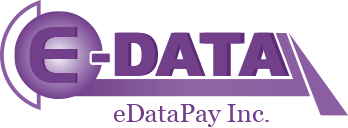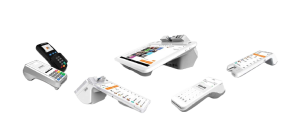The neobank threat is on the rise—but incumbents already have enough ammunition to meet it
Digital banks are driving customers to their ranks, from awareness to account opening, with digitally native marketing strategies and value propositions. Streamlined account-opening flows are helping them close the deal.
- The ranks of digital-only bank account holders will swell to 53.7 million in 2025, up from 29.8 million this year, per Insider Intelligence forecasts.
- To put that figure in perspective, Bank of America and Citibank combined had only 45.3 million active mobile users in Q2 2021. (Citibank reported user numbers for North America, while Bank of America reported broadly.)
A new report from Insider Intelligence delves into what incumbent banks stand to lose from the rise of a specific kind of digital-only bank—neobanks—and how they can strike back.
What incumbents stand to lose to neobanks:
New digitally-opened accounts. US digital-only bank account openings were stung by the coronavirus pandemic. But the future is theirs:
- This year, they’ll grab 7.4 out of 10 digitally opened accounts, and that dominance won’t fade. From 2022 to 2025, they’ll get at least 6.6 out of every 10 each year, leaving US incumbents to fight over the remainder.
Fee revenues. Bowing to the pressure from neobanks to remove fees (such as overdraft or account maintenance fees) eliminates a major source of revenues for banks:
- US consumers paid $12.4 billion in overdraft fees alone in 2020, per Forbes.
- Total bank fees paid by account holders reached $32.2 billion last year, according to personal finance site Magnify Money.
Access to select consumer segments. As neobanks use tailored services to make inroads with often-underbanked consumer demographics, traditional banks’ long-term customer acquisition efforts could suffer a death by a thousand cuts.
Primary banking relationships. Only 11% of US adults held their primary checking account at a digital bank in December 2020, per Cornerstone Advisors cited by Forbes.
- However, neobanks are pursuing primary bank relationships by dangling access to top-tier benefits, like early direct deposit or higher savings interest rates if customers meet direct deposit or transaction thresholds.
Incumbents aren’t helpless. Here’s how to counter the neobank threat
These three best practices range from small (low maturity) to aggressive (high maturity):
- Low maturity. Basic incentives for setting up direct deposit, like cash bonuses or waived account fees, can help foster primary bank relationships by encouraging customers to make the bank a bigger part of their financial lives.
- Medium maturity. Offering early direct deposit access—a benefit that’s usually a neobank-specific perk—helps erode a key neobank competitive advantage as well as helping persuade customers to set up direct deposit.
- High maturity. Outracing neobanks to next-generation mobile banking features—the ability to manage or cancel subscriptions to services like Netflix or Spotify, for example—would cut to the core of one of neobanks’ biggest advantages: their digital prowess.
the rise of Neobanks and the major disruptors that could rattle the competitive dynamics between incumbents and challengers, as well as the wide range of counterattacks available to traditional banks.





